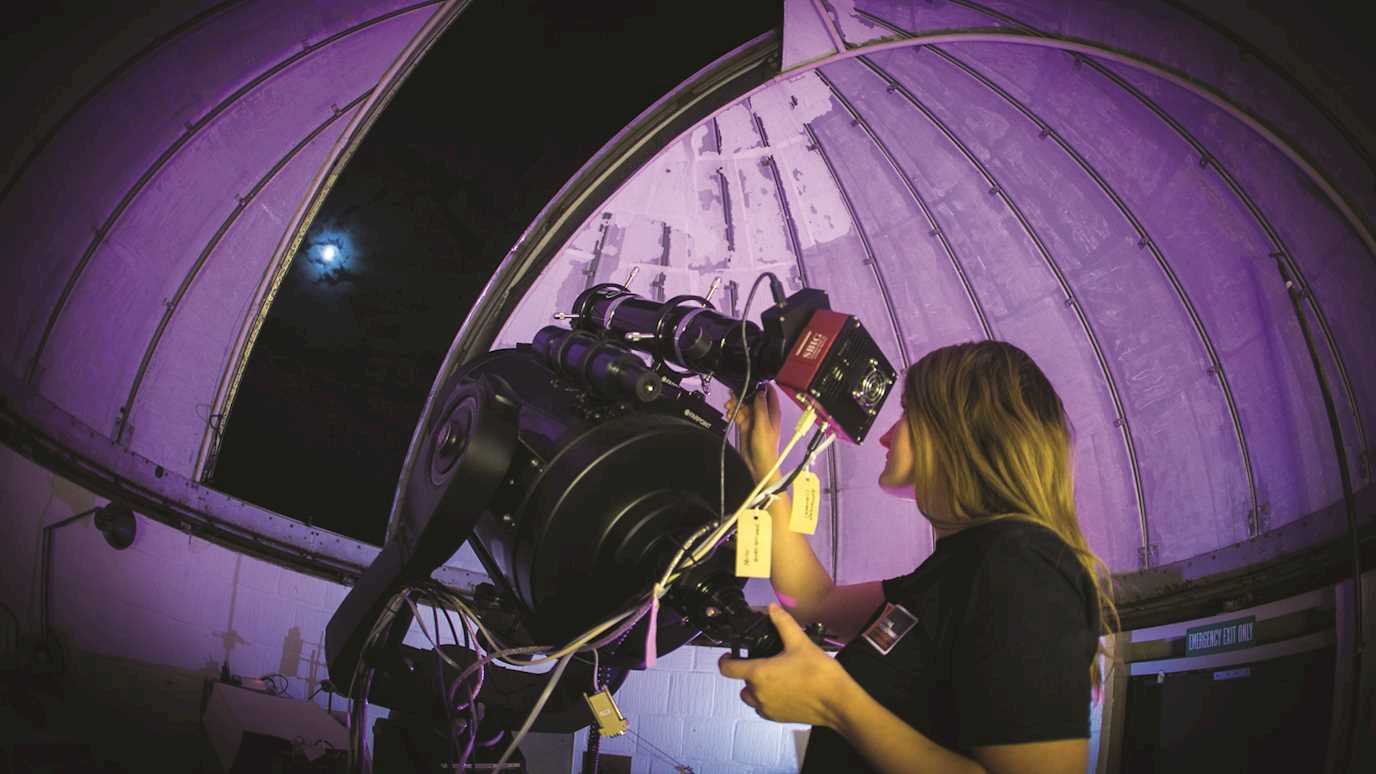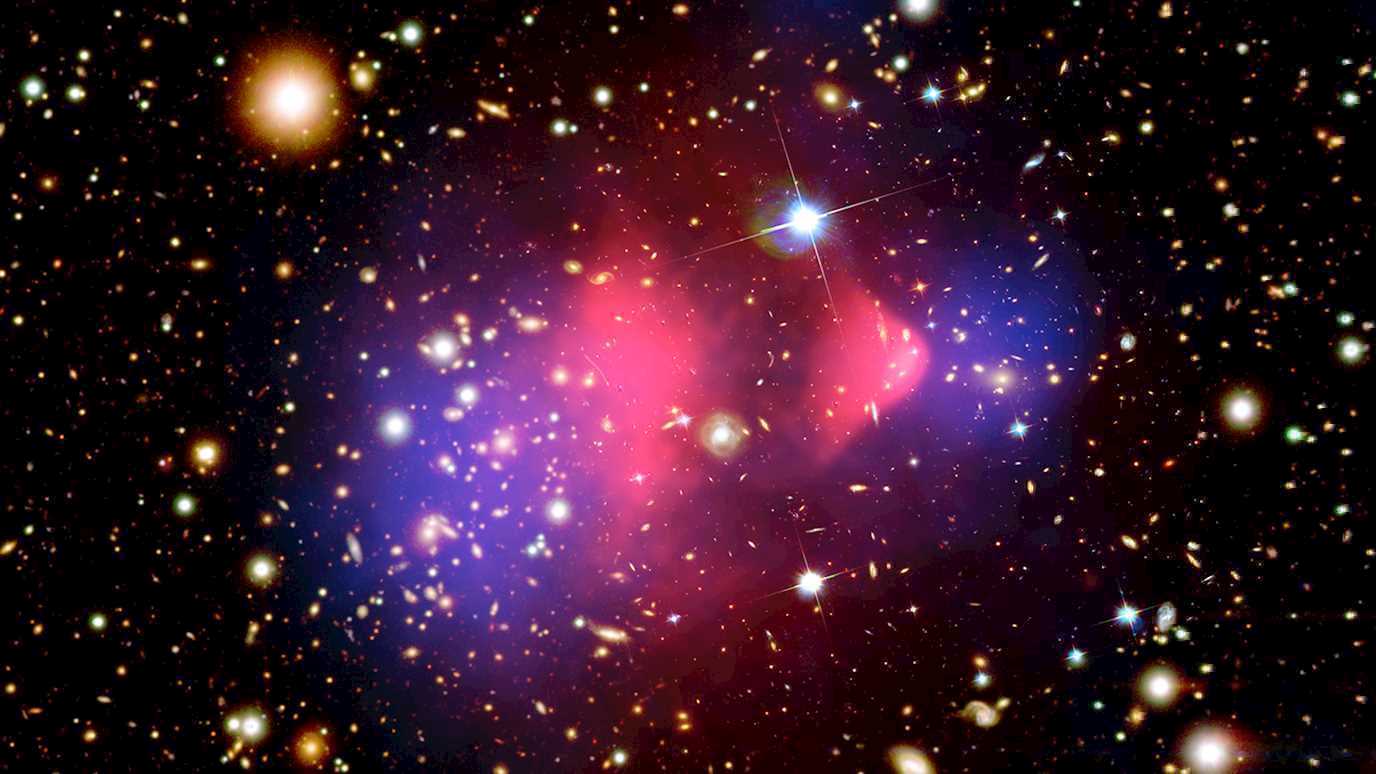Prof J C Séamus Davis (University of Oxford)
Magnetic Monopole Noise
Magnetic monopoles 1 - 3 are hypothetical elementary particles exhibiting quantized magnetic charge 𝒎𝟎 = ±(𝐡⁄𝛍𝟎𝐞) and quantized magnetic flux 𝚽𝟎 = ±𝐡/𝐞. A classic proposal for detecting such magnetic charges is to measure the quantized jump in magnetic flux Φ threading the loop of a superconducting quantum interference device (SQUID) when a monopole passes through it4. Naturally, with the theoretical discovery that a plasma of emergent magnetic charges should exist in several lanthanide-pyrochlore magnetic insulators5,6 including Dy2Ti2O7, this SQUID technique was proposed for their direct detection6. Experimentally, this has proven extremely challenging because of the high number density, and the generation recombination (GR) fluctuations, of the monopole plasma. Recently, however, theoretical advances have allowed the spectral density of magnetic-flux noise 𝐒𝚽(𝛚, 𝐓) due to monopole GR fluctuations to be determined 7 , 8 . These theories present a sequence of strikingly clear predictions for the magnetic-flux noise signature of magnetic monopoles. Here we report development of a high-sensitivity, SQUID based flux-noise spectrometer, and consequent measurements of the frequency and temperature dependence of 𝐒𝚽(𝛚, 𝐓) for Dy2Ti2O7 samples. Virtually all the elements of 𝐒𝚽(𝛚, 𝐓) predicted for a magnetic monopole plasma, including the existence of intense magnetization noise and its characteristic frequency and temperature dependence, are detected directly. Moreover, comparison of simulated and measured correlation functions 𝐂𝚽(𝐭) of the magnetic-flux noise 𝚽(𝐭) reveals that the motion of magnetic charges is correlated, with the primary cause being that traversal of the same trajectory by two magnetic charges of same sign is forbidden. A final striking observation is that, since the GR time constants 𝛕(𝐓) are in the millisecond range for Dy2Ti2O7, magnetic monopole flux noise amplified by a SQUID is audible to human perception.























